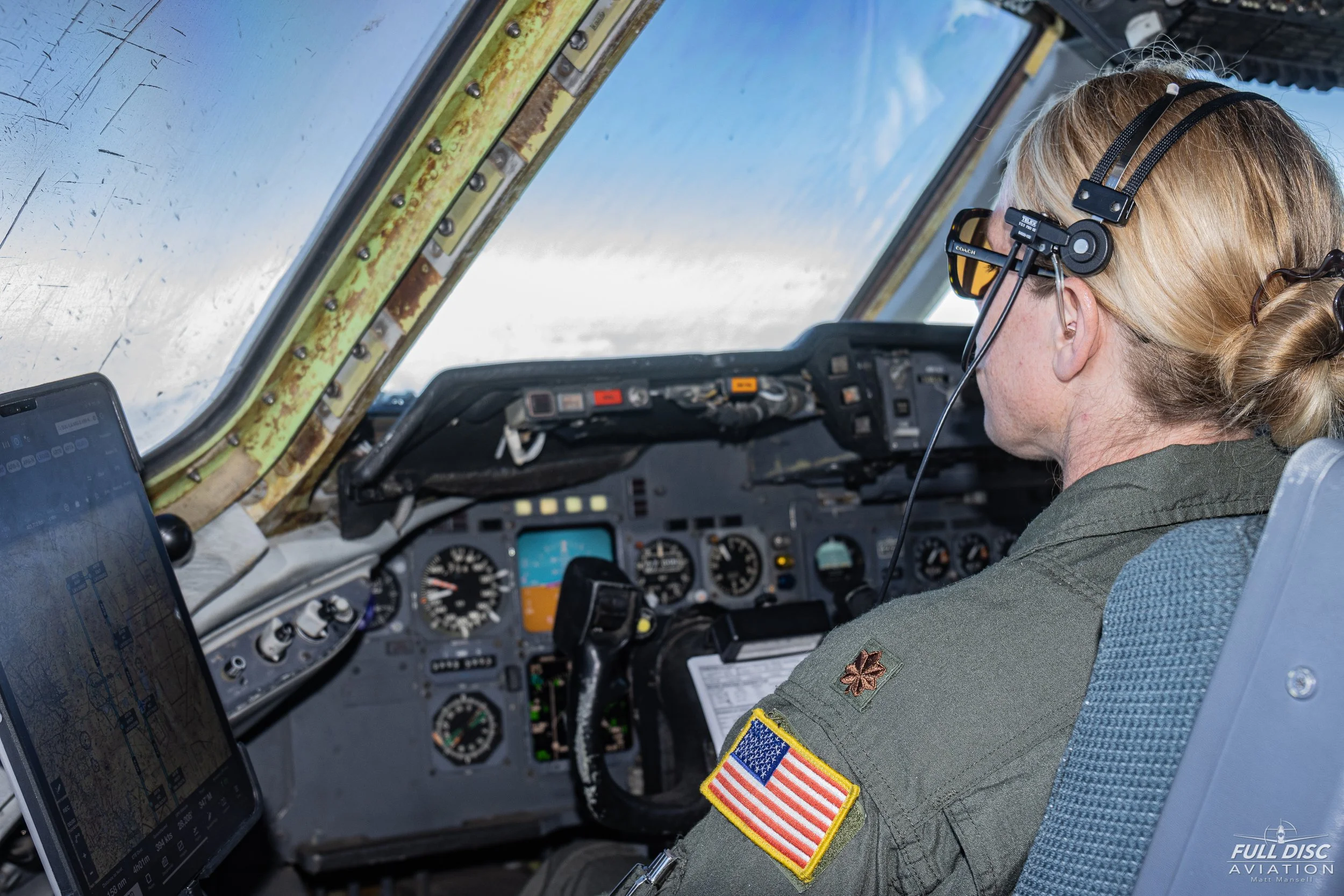HUMET65 Cleared For Contact
Prose: Matt Mansell
Photography: Matt Mansell, Ross Bennett, Anton Cook
In October 1909, Raymonde de Laroche (born Elise Raymonde Deroche) took flight from Chalons, France as the first reported female to pilot an aeroplane in history. The following year, Raymonde then went on to receive her pilot license from the Fédération Aéronautique Internationale (International Aeronautics Federation). Following this historical, first of a kind achievement, De Laroche was made a Baroness in St. Petersburg, before passing later that year.
113 years on, we reflect on how far things have come since the beginning of the 20th century and how far things still have to go. According to the latest data, today, women make up approximately 21.3% of the US Air Force which, when compared to other modern militaries, leads the field significantly. This is a clear and positive step in the right direction, however, still shows room for further progress.
On Tuesday the 22nd March 2022, the 60th Air Mobility Wing at Travis Air Force Base decided to mark the occasion of celebrating Women’s History Month by conducting a training flight comprising of an all-female crew.
Fortunately, and with a lot of help from the brilliant public affairs team, I had been granted access to this historic moment with the photographic assistance of two good friends, Ross and Anton. Eager to snap this opportunity up, we put plans in place and made our way to Northern California to see what awaited us.
Anxious yet excited for the day ahead, we were greeted at the main gate by MSgt Keller, who assisted us through security and led us out to the flightline to join the crew. Our crew was made up of eleven female Air Force personnel, seven of whom were (both active-duty & reservist) airmen from multiple squadrons at Travis AFB. Upon arriving at the aircraft, we were given a tour of the outside, the cargo area and finally the boom area, allowing us to familiarise ourselves with where we would be spending the next few hours.
We climbed aboard to meet the rest of the crew and find our seats in the dozen or so behind the cockpit. Upon boarding the aircraft, we were informed that there would actually be two other KC-10s taking part in our flight. Once the pre-flight checks had been completed, the doors were closed, and we began to taxi out as part of the three-ship, I distinctly recall the sense of disorientation unlike any flight that I had experienced before, having no view of the outside world. We lined up on runway 03, as all three F103 engines powered up, we were pinned back into our seats by over 150,000 pounds of thrust. We climbed steeply out of Travis into the California skies and headed North, towards our refueling area.
Once we had reached altitude, I was invited into the cockpit - it was at this point that the reality of what we were doing started to hit home. Trying to keep myself out of the way of the crew, I sat and observed from the jump seat. Despite being in mostly flat, level flight, I clearly recall the constant communication between both pilots and flight engineer, as well as frequent adjustments with the switches and instruments in the cockpit. Every switch flicked, button pushed and lever adjusted seemed to flow, like a well-orchestrated routine. It was fantastic to be given such a great insight into what it takes to keep a flying gas station in the air. Whilst we awaited our receiving aircraft, to my surprise, I glanced out of the left-side window to see the other two aircraft already refueling one another, with what I believe to be Mount Shasta in the background. We continued North and before I knew it, we were flying refueling patterns over the California-Oregon border.
After spending a short while in the cockpit, I was given the all-clear to head back to the boom area as the receiving aircraft was making its way over to us. I carefully climbed down the steep ladders into the boom area, took my seat to the left of our boom operator and was handed a headset, allowing me to listen in to comms from both aircraft. I sat suspensefully, checking each and every camera setting over, and over. The boom window opened up, light began to come flooding in. I looked out over 27,000ft of California/Oregon wilderness, revealing endless miles of snowy, mountainous scenery. Despite the excitement, looking out over the vastness was blissful, watching it steadily roll by beneath.
In no time whatsoever, distantly, the second aircraft came into view from behind the boom. Within a matter of moments, the several hundred feet separation had become what seemed to be touching distance. As the receiving aircraft manoeuvred effortlessly into position behind us, I heard “HUMET65 cleared for contact” over the headset. Without hesitation, our boom operator proceeded to guide the boom into the receiving aircrafts receptacle with ease. Having seen air to air refueling hundreds of time through a screen, being able to see it in person was absolutely unforgettable. We made contact with the receiving aircraft five or six times over the space of several minutes before being asked to head back up to the cockpit and get ready for us to take on fuel.
Once both aircraft had switched positions and the second KC-10 had repositioned in front of us, what was a tiny outline of a distant KC-10, soon eclipsed us 50ft overhead. Similarly to before, with exceptional professionalism and poise, the crew of both aircraft made refueling one plane from another at 460mph, 27,000ft in the air, look like a walk in the park. It was surreal to have the opportunity to watch what an air-to-air refuel looks like from the other side of the boom, credits to the crew for such composed flying while we snapped off a load of shots during those tense few moments.
As I headed back and took my seat, I reflected on what we had managed to achieve and the importance behind the flight itself while we made our way back into California. What ended up being a 4 hour flight seemed to pass in a heartbeat. As we touched down at Travis, a realisation started to sink in - something that I had dreamed of for 8 years had come true. I could not keep the smile from my face.
We ended our time with the 60th AMW by sitting in on the debrief and spending some time talking to a couple of airmen from our flight, discussing their journeys, inspiration and challenges they have faced, breaking the stereotypical mould and overcoming adversity in such a male dominated field. Maj. Olson, an Air Force Reservist and the D.O / Ops Officer for the 79th Air Refueling Squadron, was generous to enlighten us on her personal journey.
Her military career began at Reserve Officers' Training Corps (ROTC), and it was here that the option of persuing a job within aviation first became an inspiration. Before becoming a Reservist, she had spent 12 years prior as active-duty. While discussing inspirational female figures and role models, Maj. Olson told us that in the early stages of her career, there were limited female figures in this field. We were humbled by the will and determination of this trailblazer. It wasn’t until later down the line, during flight training, where she first recalls working with some inspirational female instructors, leading her firmly into her role today. Since then, Maj. Olson has been able to pass down her knowledge to both male and female airmen alike, no doubt becoming an inspirational figure for anyone who has had the privlege of working with her.
In addition to learning about Maj. Olson's career, active-duty boom operator A1C Lere was kind enough to give us some of her time. She had just successfully achieved a huge career milestone - our flight was her very first refueling mission. A1C Lere explained that her route into aviation didn’t necessarily sprout from any particular female role models, but a natural passion for aviation and flying - she finds it extremely fun and rewarding. She made a note to enthusiastically encourage any young, aspiring aviators to pursue a career in military aviation.
For any aviation photojournalist, an air-to-air refueling flight likely makes up a big part of their bucket list; we are all truly humbled to have been able to work alongside each and every crewmember and public affairs officer during our time at Travis AFB. From each of us, as well as Full Disc Aviation, I’d like to take this opportunity to say a huge thank you to both Lt Jacobs, for all of the work in the background to make this possible, and to MSgt Keller, for ensuring that everything ran smoothly on the day. Also, a massive thanks to the 60th AMW for approving our visit and to the AMU for ensuring that we had a crystal-clear boom window!




































